18 Unconventional Foods People Ate To Survive During The American Civil War
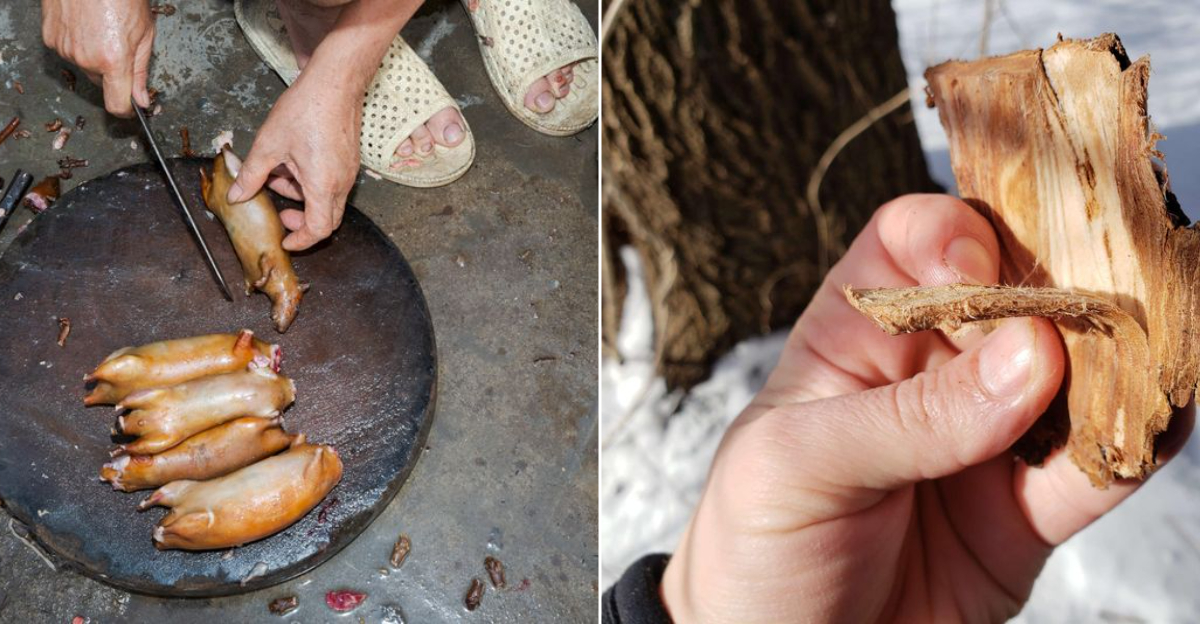
War often forces people to get creative with their food choices, and the American Civil War was no exception. As supplies dwindled and hunger set in, soldiers and civilians had to turn to some truly unconventional food sources—some you wouldn’t even imagine touching, let alone eating.
From rodents to roots, survival meant thinking outside the pantry. Let’s take a journey through 18 unexpected wartime meals that prove just how resourceful (and desperate) people became when food was scarce.
1. Rats
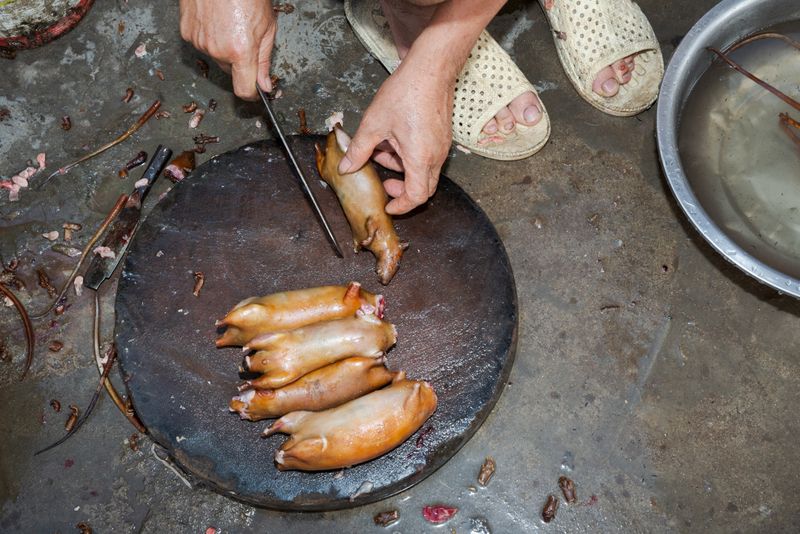
When all else failed, rats went from being unwelcome house guests to dinner on the battlefield.
Hunger had a way of changing perspectives, and many soldiers reluctantly roasted or stewed these rodents to get the protein they desperately needed.
Not exactly fine dining, but in the face of starvation, rat became an unlikely (if unappetizing) lifesaver.
2. Hardtack
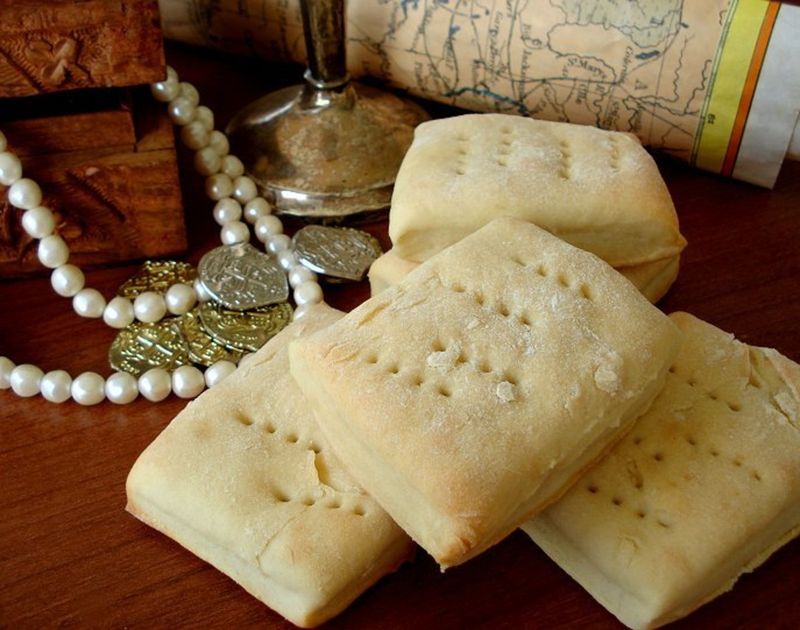
Hardtack was less of a snack and more of an endurance test. This rock-hard cracker was made from flour, water, and salt—nothing fancy, just something that technically counted as food.
Soldiers had to soften it in water, coffee, or even whiskey before eating—unless they wanted a surprise trip to the battlefield dentist.
Tough, bland, and nearly indestructible, hardtack was proof that food didn’t have to taste good—it just had to last.
3. Grasshoppers
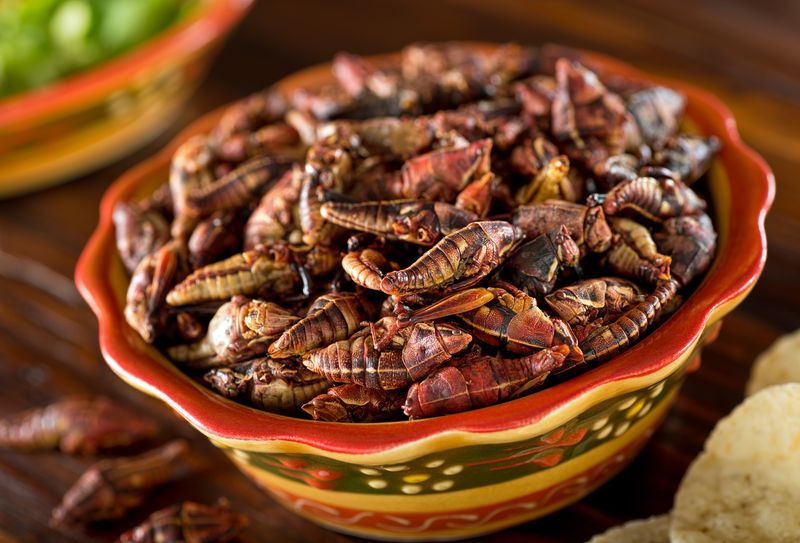
Forget fancy rations—grasshoppers were free and packed with protein.
People roasted, fried, or even ground them into powder to stretch their food supply. It wasn’t first choice cuisine, but in desperate times, insects became a battlefield delicacy.
With modern food trends pushing edible bugs as the future of protein, Civil War soldiers might have been ahead of their time.
4. Mule Meat
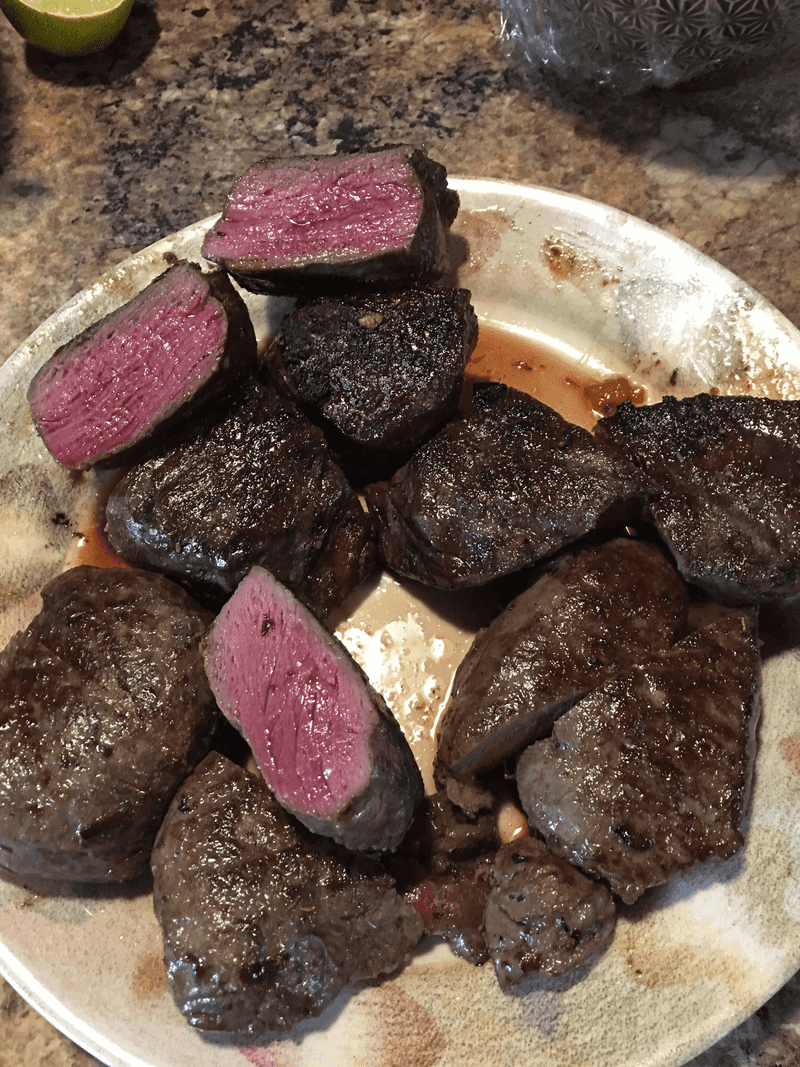
When supply chains broke down, mules—normally reserved for carrying gear—became the backup dinner plan.
Though not a first choice, mule meat kept many soldiers from starving. Slow-cooking it in stews helped mask its chewy, gamy flavor.
It was a heartbreaking but necessary sacrifice—proving that in wartime, survival often came at a cost.
5. Sowbelly
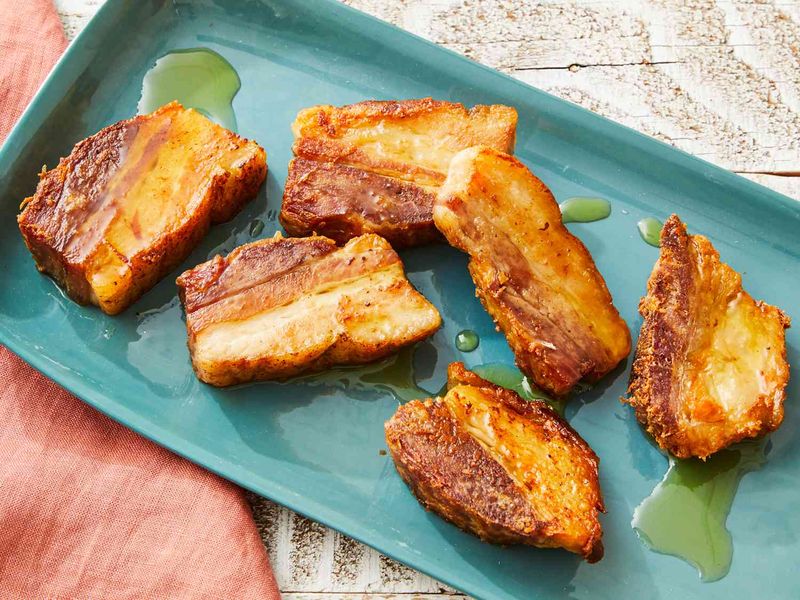
If you love bacon, sowbelly was its distant, saltier cousin. This heavily cured, ultra-fatty pork was a staple for Civil War troops.
It had to be soaked to remove excess salt, and even then, it was often chewy and tough. But in a world where calories were currency, fat meant fuel for survival.
It wasn’t pretty, but sowbelly kept soldiers marching, even if their arteries begged them to stop.
6. Goober Peas
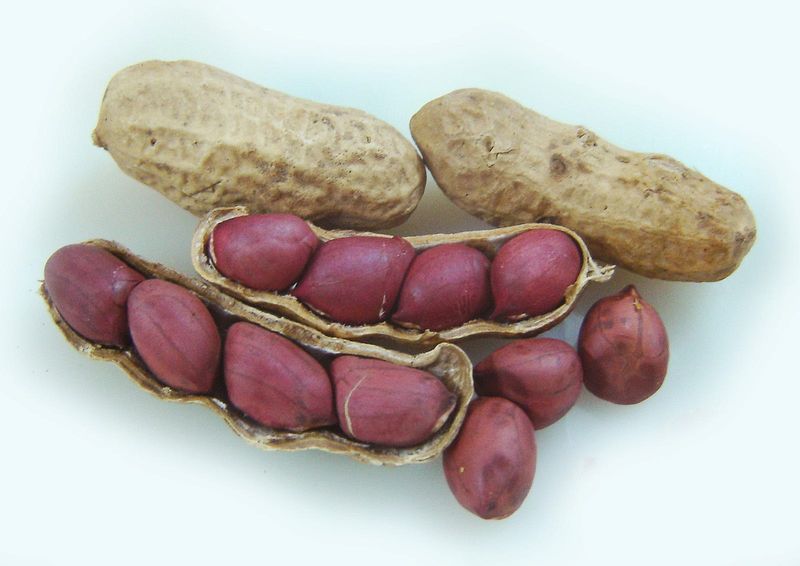
Before peanut butter became a staple, peanuts—better known as goober peas—were a go-to snack for Confederate soldiers.
Eaten raw, roasted, or mashed into paste, they were one of the few reliable, nutritious foods around.
Not only were they cheap and filling, but they also inspired a famous folk song—the Civil War version of a snack jingle.
7. Cattail Roots
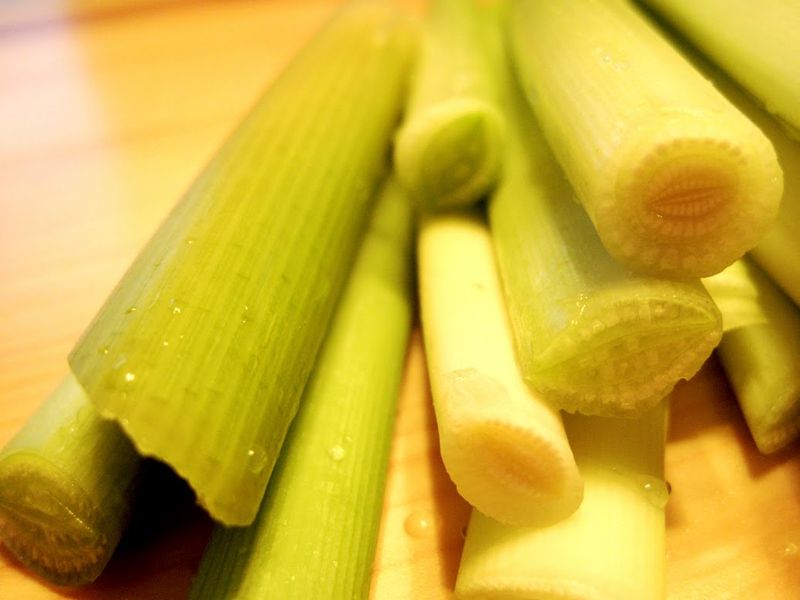
Soldiers lucky enough to be near wetlands discovered that cattail roots were surprisingly edible.
With a texture similar to potatoes, these wild plants could be boiled, mashed, or even dried and ground into flour.
Finding food in unexpected places became a necessary skill—and cattail roots proved that sometimes, the best pantry is a swamp.
8. Cornbread
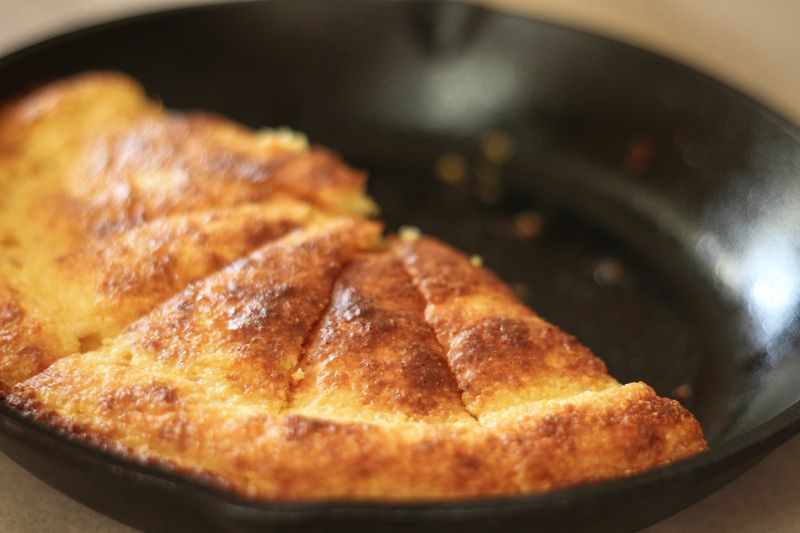
In the absence of wheat flour, cornbread became the MVP of Civil War meals.
It was cheap, easy to make, and surprisingly filling, often paired with beans for extra sustenance.
For many soldiers, cornbread was the closest thing to home cooking they could get—and that small comfort made all the difference.
9. Acorns
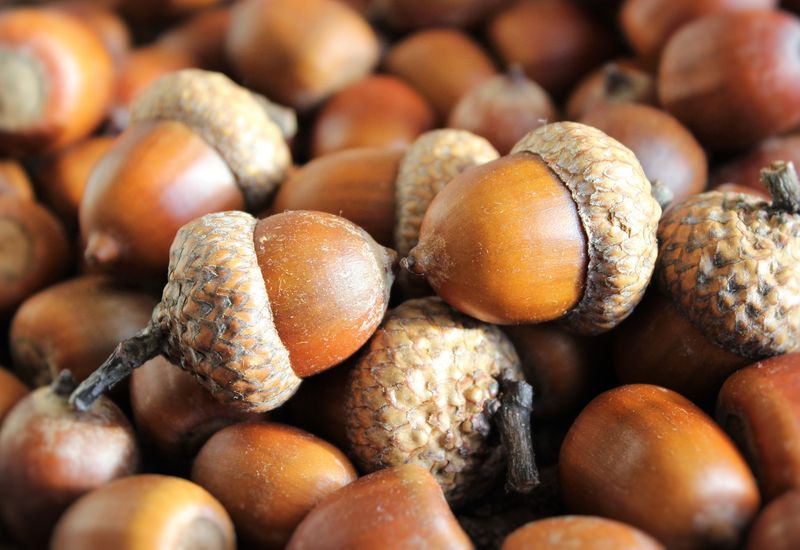
Desperation turned forest acorns into a makeshift food source, though they had to be soaked to remove bitter tannins before being eaten.
Once processed, acorns could be turned into flour or boiled into a very earthy porridge.
It wasn’t exactly gourmet, but when options were limited, even squirrel food started looking appealing.
10. Dandelion Greens
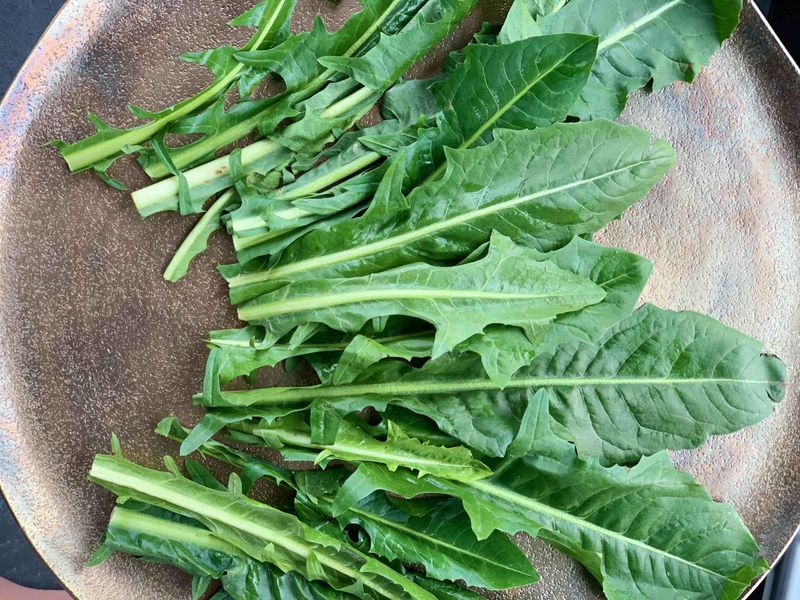
Long before health food trends, dandelion greens were a wartime staple.
Packed with vitamins, they were boiled into soups or eaten raw—a rare fresh addition to otherwise monotonous diets.
A simple weed to some, dandelions became a much-needed nutritional lifeline for those struggling to stay healthy.
11. Persimmons
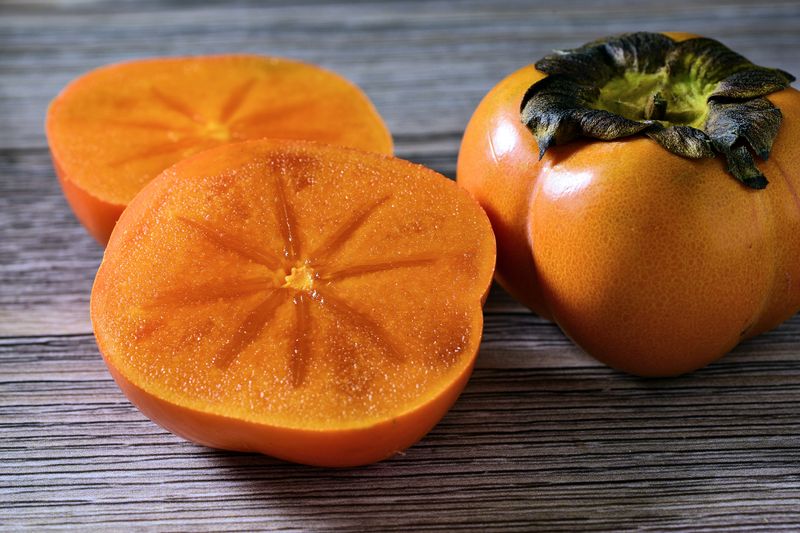
When sugar was scarce, persimmons provided a natural sweetness that lifted spirits.
Whether eaten fresh, dried, or turned into makeshift preserves, this fruit became a small, welcome luxury.
For soldiers dealing with the bland reality of hardtack and mule meat, persimmons were like a bite of hope.
12. Leather
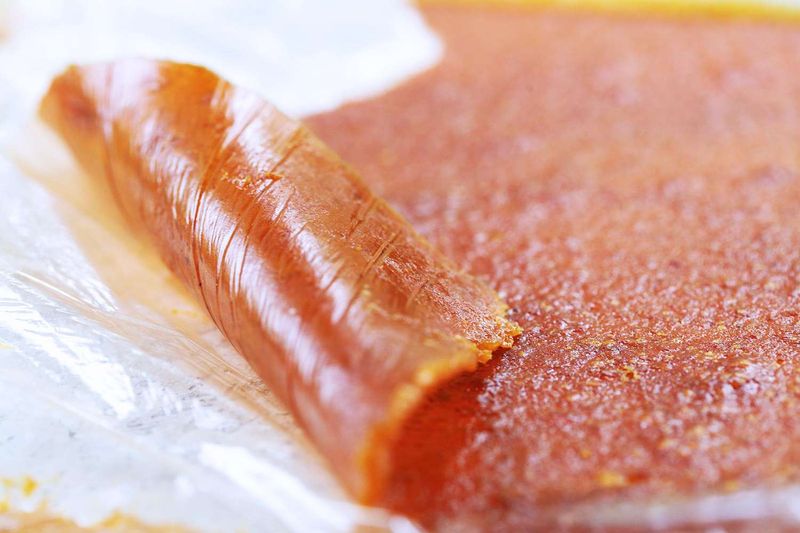
Yes, things got that bad—when all else failed, people boiled leather belts, shoes, and saddles to soften them into an edible (but awful) meal.
Stripped of any nutritional value, it was more about having something to chew on than actual sustenance.
Eating leather was the ultimate sign that food supplies had truly run out.
13. Molasses
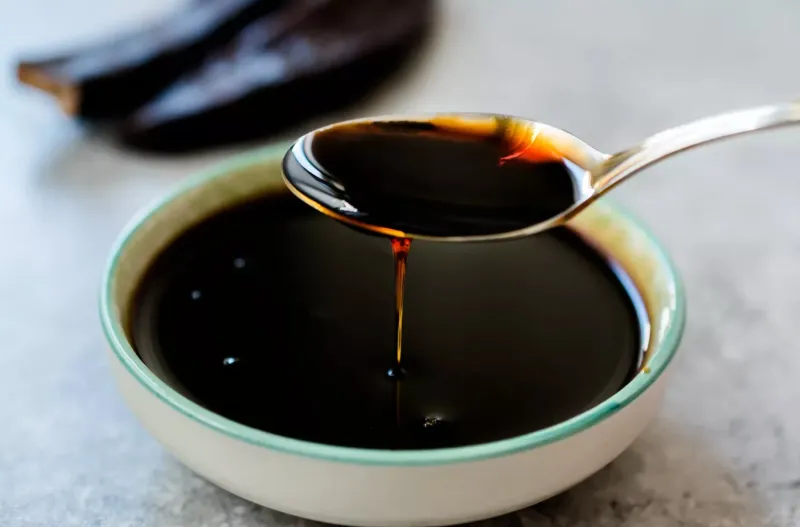
With sugar in short supply, molasses became the go-to sweetener.
It was drizzled over cornbread, mixed into porridge, or eaten straight off a spoon—because when life is bitter, a little sweetness goes a long way.
Though simple, molasses helped brighten an otherwise grim diet.
14. Green Corn
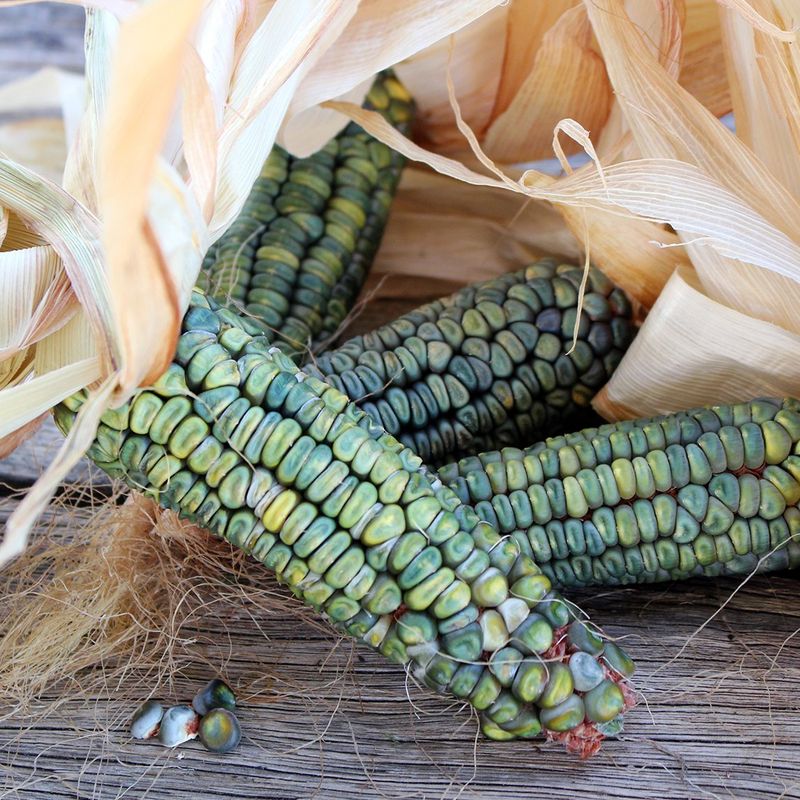
If soldiers were lucky enough to come across unripe corn, it became an instant feast.
Roasted over an open fire, green corn was sweet, nutritious, and easy to prepare—a rare luxury during wartime.
Foraging became an essential survival skill, and fresh corn was one of the best finds out there.
15. Tree Bark
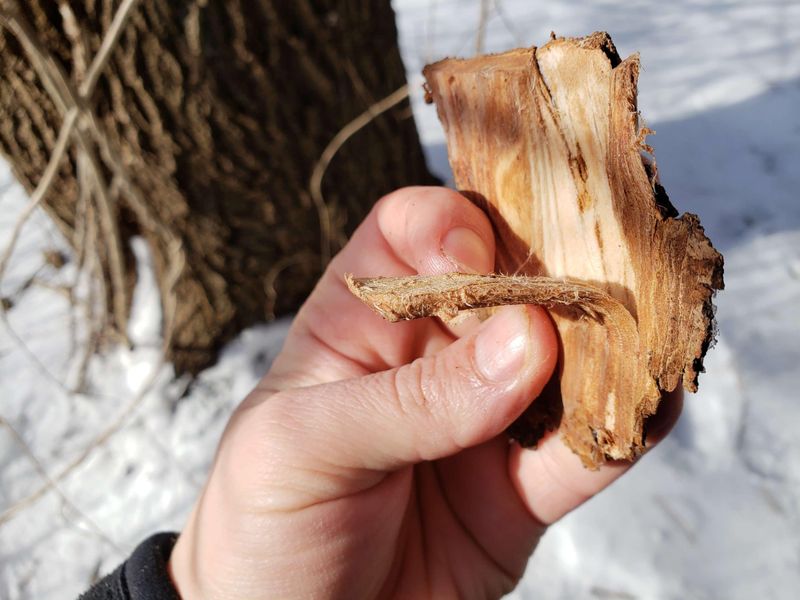
When food ran out, some turned to the inner layers of tree bark—scraping it off and boiling it into a questionable porridge.
It wasn’t much, but it provided just enough sustenance to keep people alive.
If you ever wondered how far people would go to survive, bark soup was the answer.
16. Sweet Potatoes
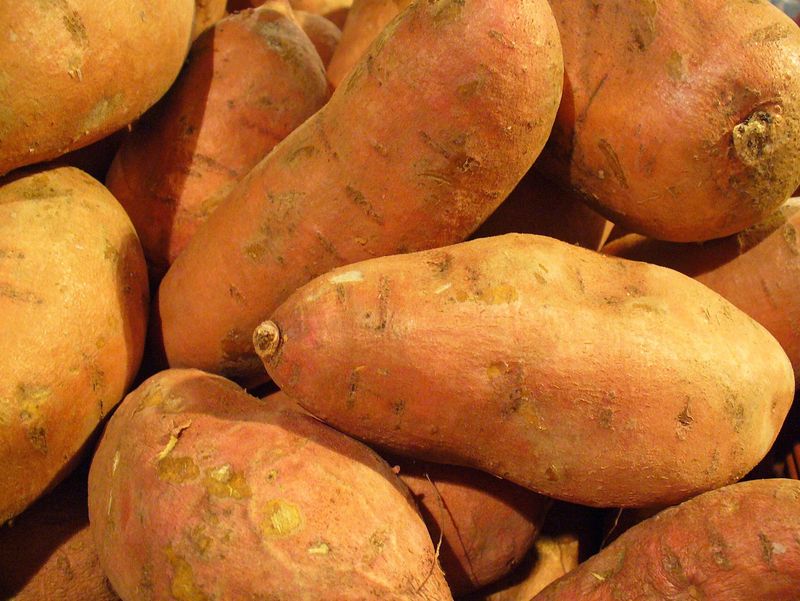
Sweet potatoes were a nutritional powerhouse, providing energy, vitamins, and a hint of sweetness.
They could be boiled, mashed, roasted, or even turned into flour, making them a go-to survival food.
In a time when meals were more about survival than enjoyment, sweet potatoes were a rare comfort food.
17. Wild Onions
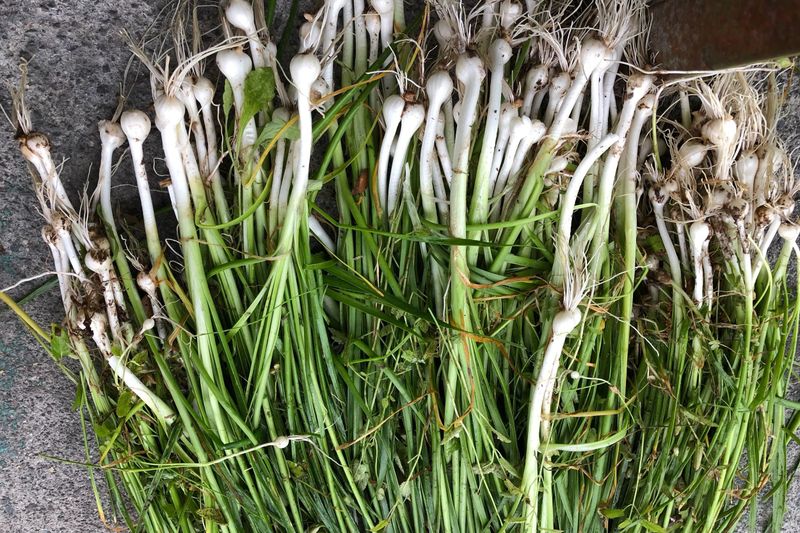
Wild onions were one of the few ways to add any flavor to Civil War rations.
Used in stews, soups, or eaten raw, they transformed otherwise lifeless meals into something tolerable.
In a world of hardtack and mule meat, wild onions were like a culinary miracle.
18. Crow Meat
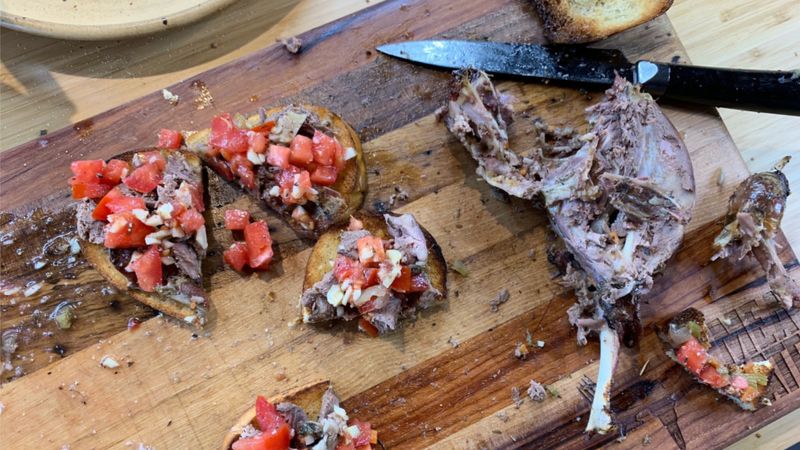
Eating crow usually means admitting you were wrong—but during the Civil War, it literally meant eating crows.
Roasted or stewed, they weren’t exactly a first-choice dish, but hunger left little room for pickiness.
Desperate times called for desperate meals, and crow meat was one of the most extreme.
